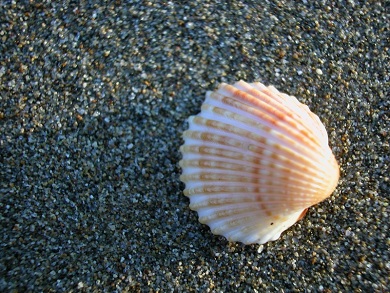Teeth and bone have complex structures which are generally comprised of organic scaffolds within a biomineral matrix. Characterization of the fibrous organic scaffold requires wet chemical demineralization and drying that can result in structural artifacts and loss of diffusive species. The removal of either mineral or organic material also makes it impossible to analyze the interface between the two.
Derk Joester and Lyle Gordon, Northwestern University, USA, have used pulsed-laser atom-probe tomography to create 3D chemical maps of a sea mollusk’s tooth. The quantitative mapping of the tooth showed carbon-based fibers located in surrounding nano-crystalline magnetite (Fe3O4), which were 5 to 10 nm in diameter. The fibers also contained either sodium or magnesium ions. The different chemical compositions of individual organic fibers probably perform different functional roles in controlling fiber formation and matrix–mineral interactions.
Demonstrating that atom-probe tomography can be used to examine such materials opens up the possibility of tracking fluoride in teeth as well as cancer and osteoporosis drugs in bones at previously inaccessible length scales.
- Nanoscale chemical tomography of buried organic–inorganic interfaces in the chiton tooth
L. M. Gordon, D. Joester,
Nature 2011, 469, 194–197.
DOI: 10.1038/nature09686




